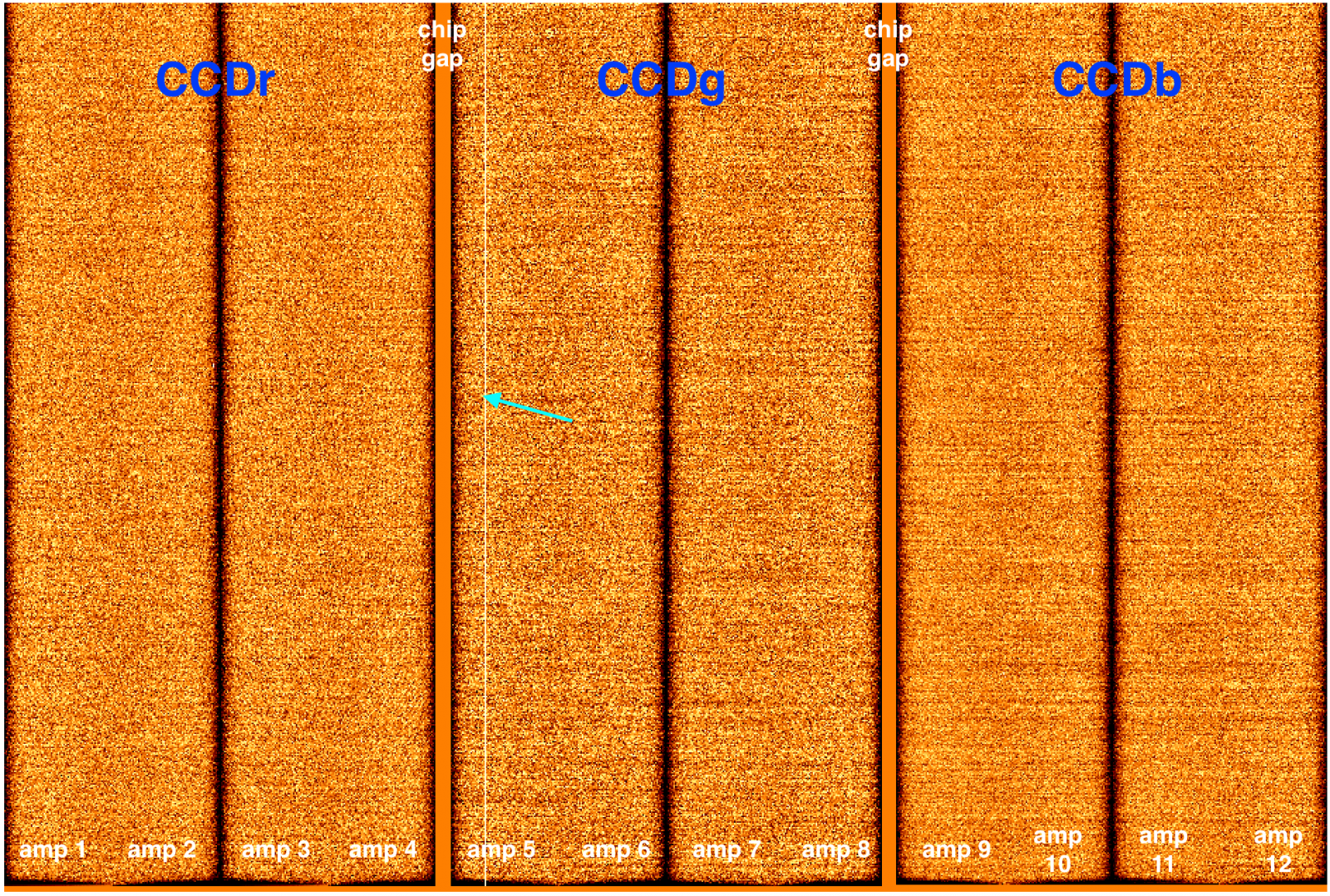GNIRS to be Removed from the Telescope for the IFU Installation
On April 28th, 2022 GNIRS is planned to be removed from the telescope and warmed up in order to perform the GNIRS IFU installation and various refurbishment work, which includes replacement of ball bearings for both filter wheels. It is foreseen to have GNIRS back on sky for the IFU commissioning on July 6th, 2022. During this period, NIRI will replace GNIRS on the telescope.
